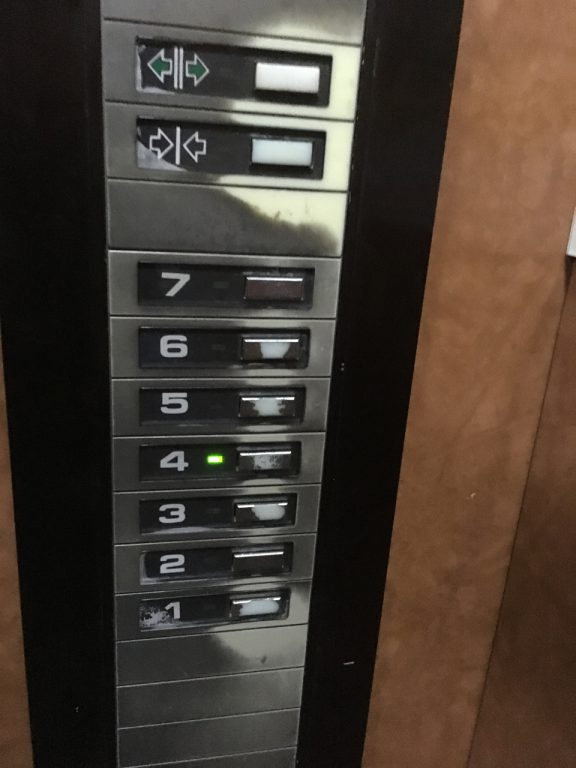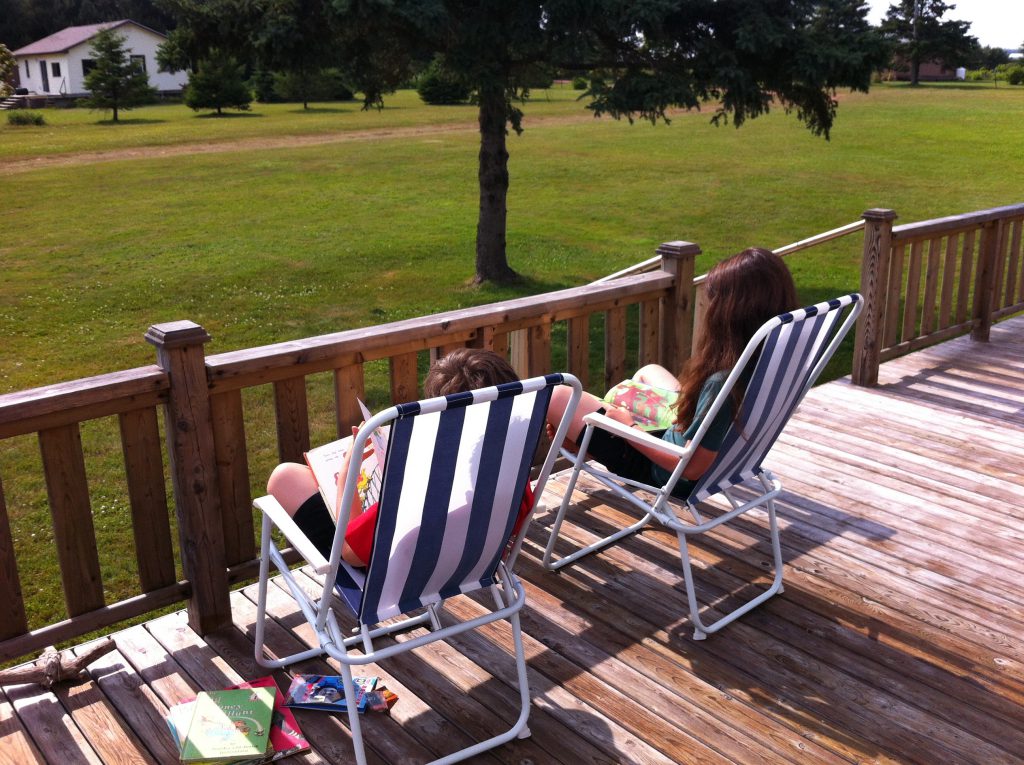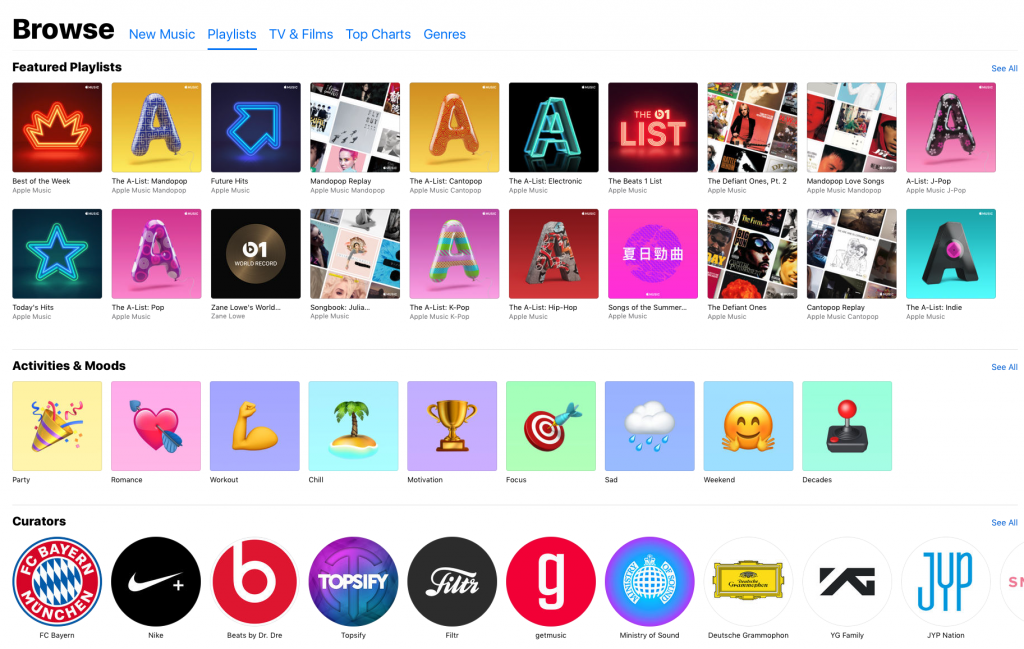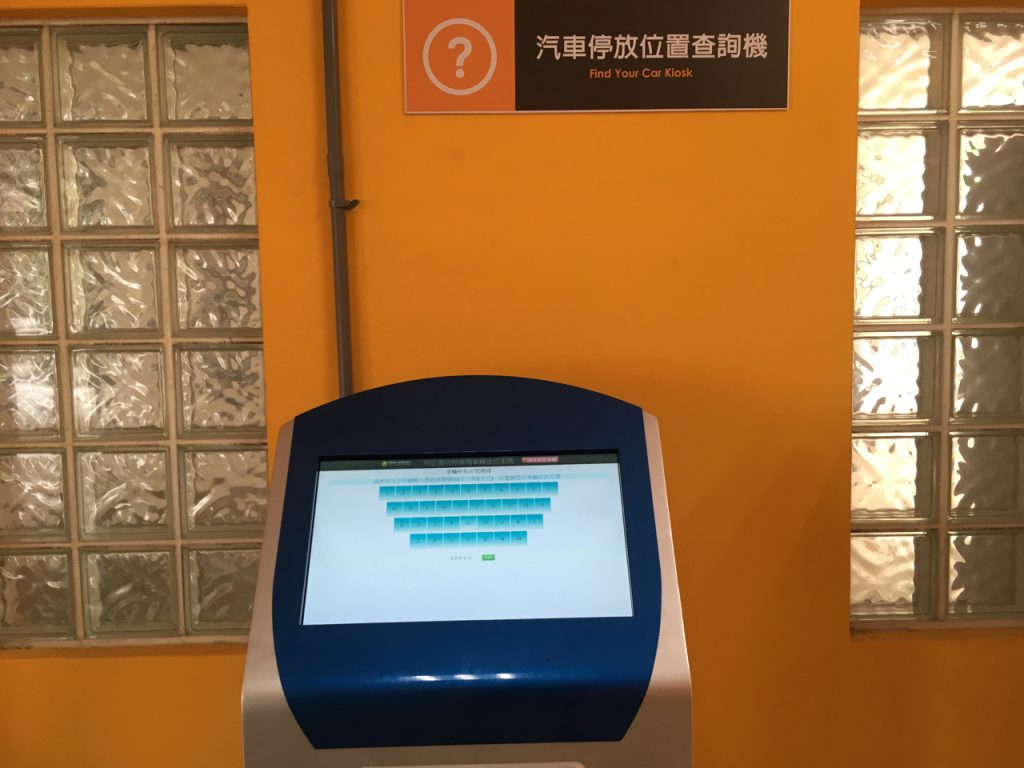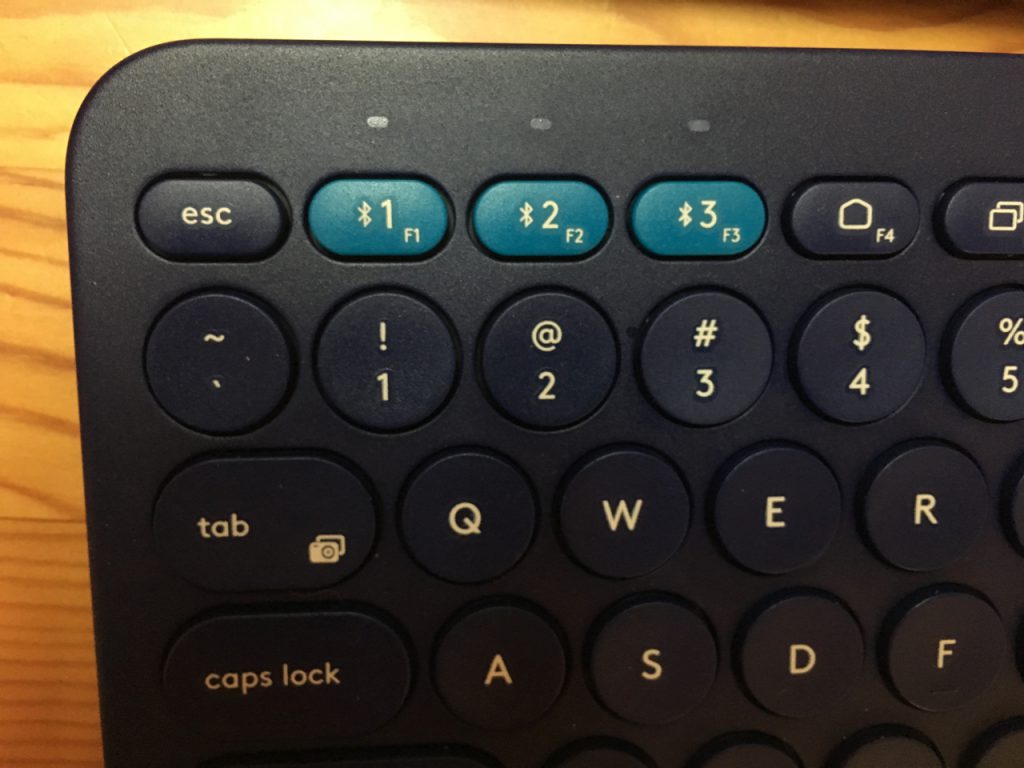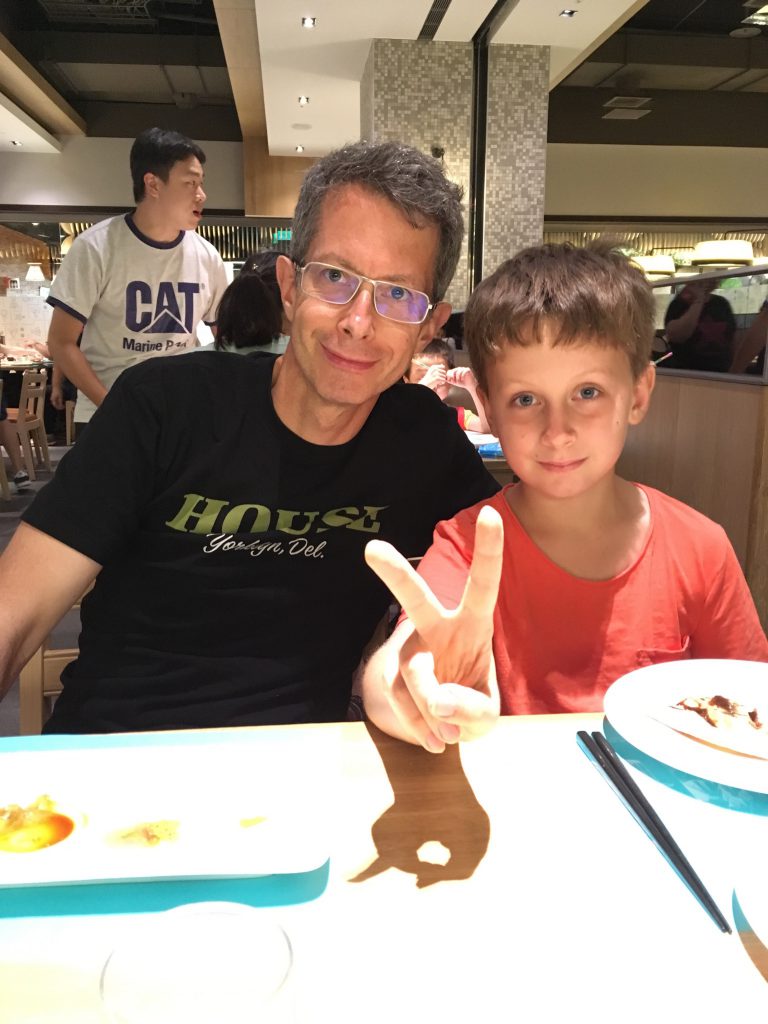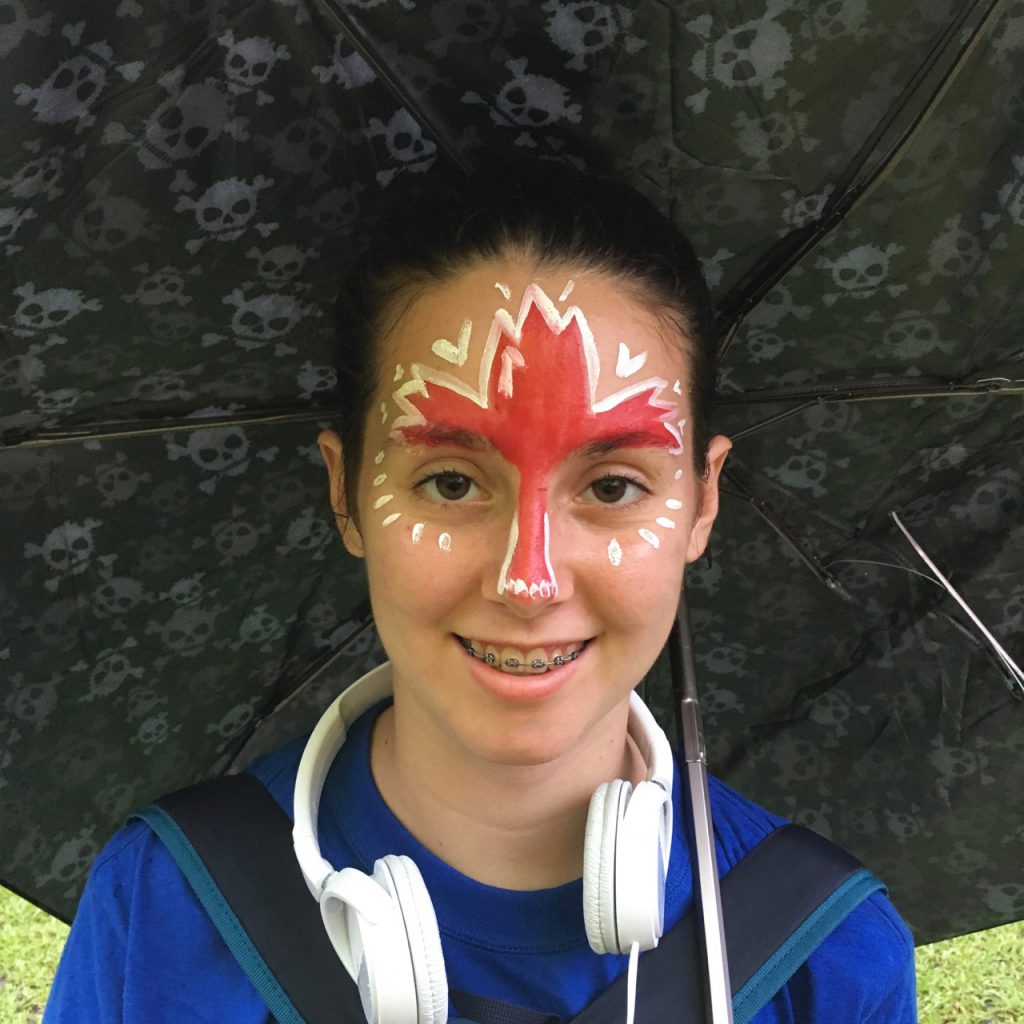“All that we are is the result of what we have thought. The mind is everything. What we think we become.”— Buddha
I just got off WeChat with my former company’s HR representative. I dread seeing anything from them, and though I am always polite, I’m sure they at the least think I am difficult, likely worse.
This time it’s about flight reimbursements which were part of my contract. Many were unable to receive this part of their offer, for one reason or another, and warned me not to expect it. I wasn’t concerned as I didn’t stress the financial side of our agreement, as I should have.
Of course the rules were never explicitly stated on how to get reimbursed, perhaps due to negligence, or perhaps a clever method to not have to pay. More likely a symptom of a bureaucratic system mired in fixed procedures, in which no single person is aware. Empathy is in short supply.
I realize my perception is overly negative.
This distrust came as a result of a deeply flawed on-boarding process which poisoned what could have been a normal working relationship. They became the adversary, not a collaborator. Imagine if all contact with HR was positive, professional, constructive, and helpful. That would set a different tone. Unfortunately that wasn’t the experience I had.
I also don’t work well with long restrictive rules, a major part of the company’s and China’s culture. I work best in a human centered approach that treats people with respect.
In the end I see this as a failure on my part, to not maintain an air of positivity when working within a strict bureaucracy, despite all the bad experiences. To let bad situations overly influence my thinking, and not be my usual easy-going self.
Positivity helps develop a mental capacity that allows us to adapt with ease during adversity, to develop a set of powerful mental traits that allow us to have faith, courage and a ‘letting it happen’ attitude to cope with the crap that comes our way.
Smile and don’t dwell on the negative.
Perhaps a read of The Power of Positive Thinking is in order.

